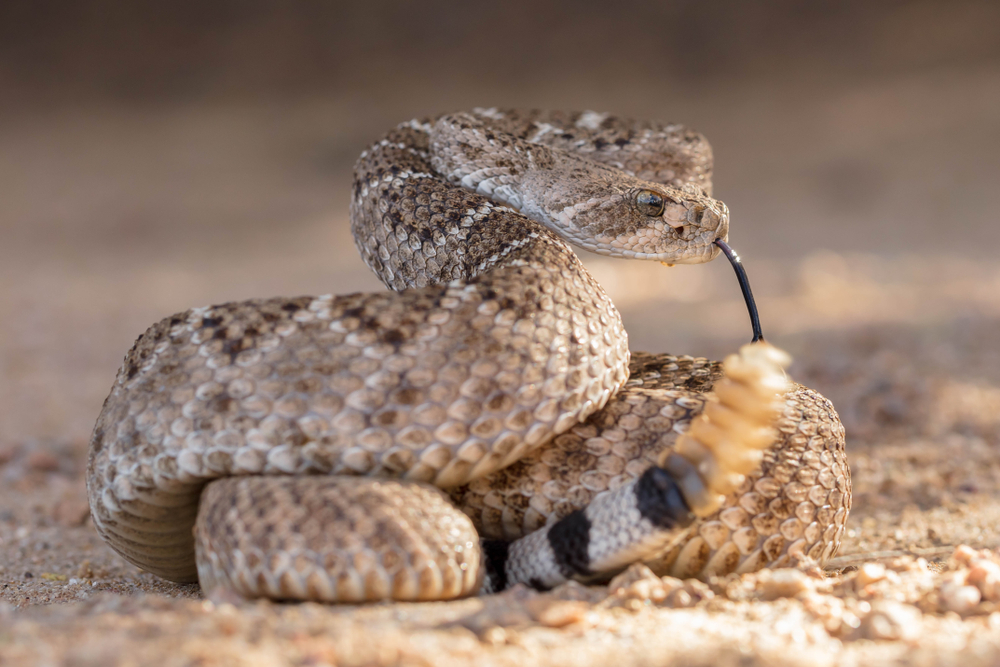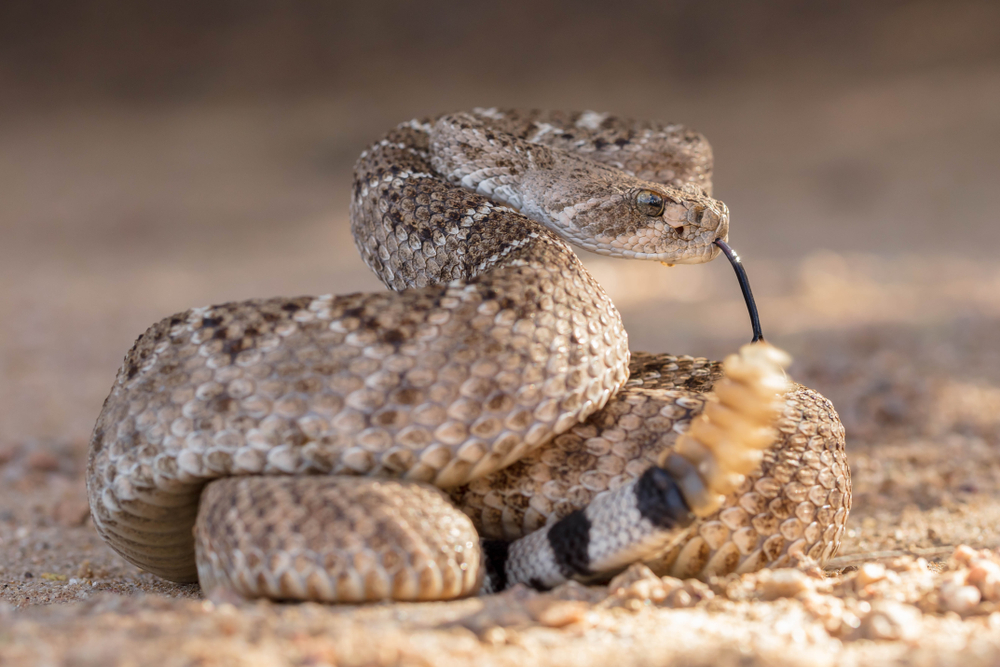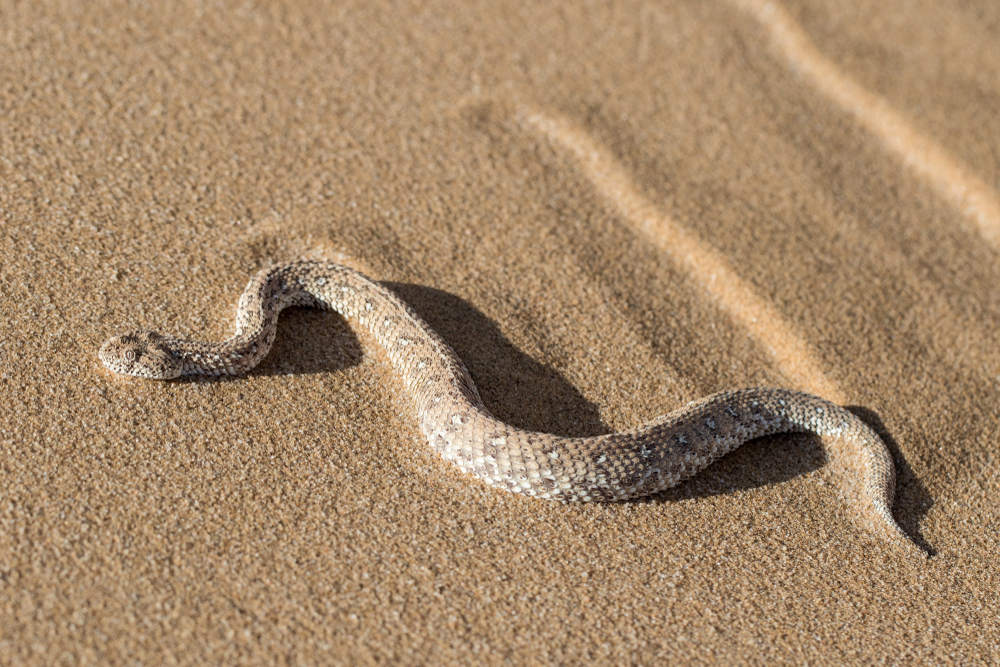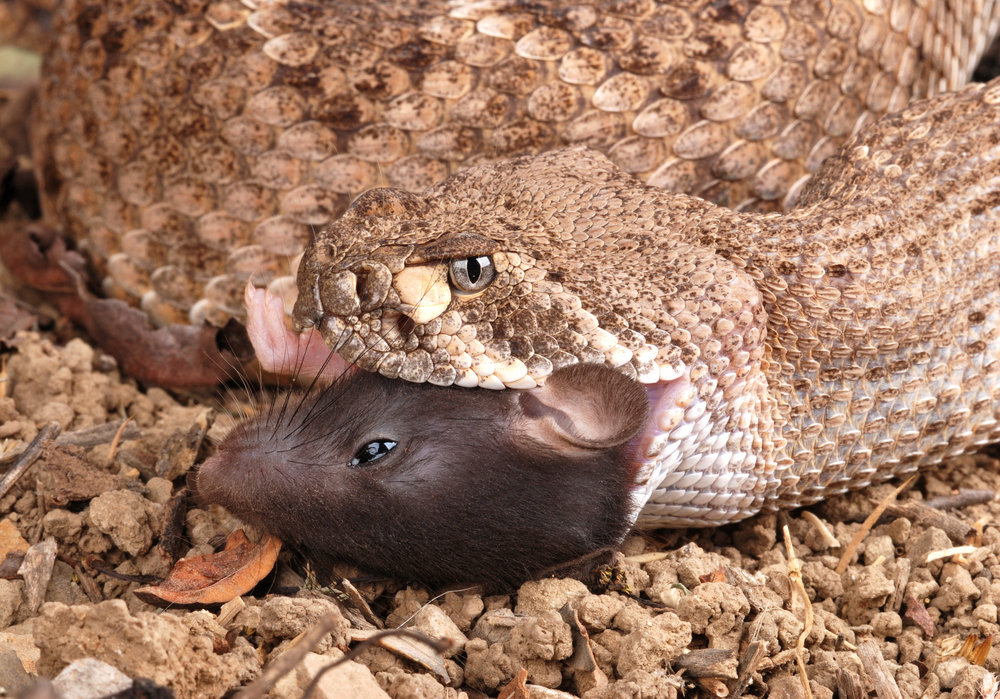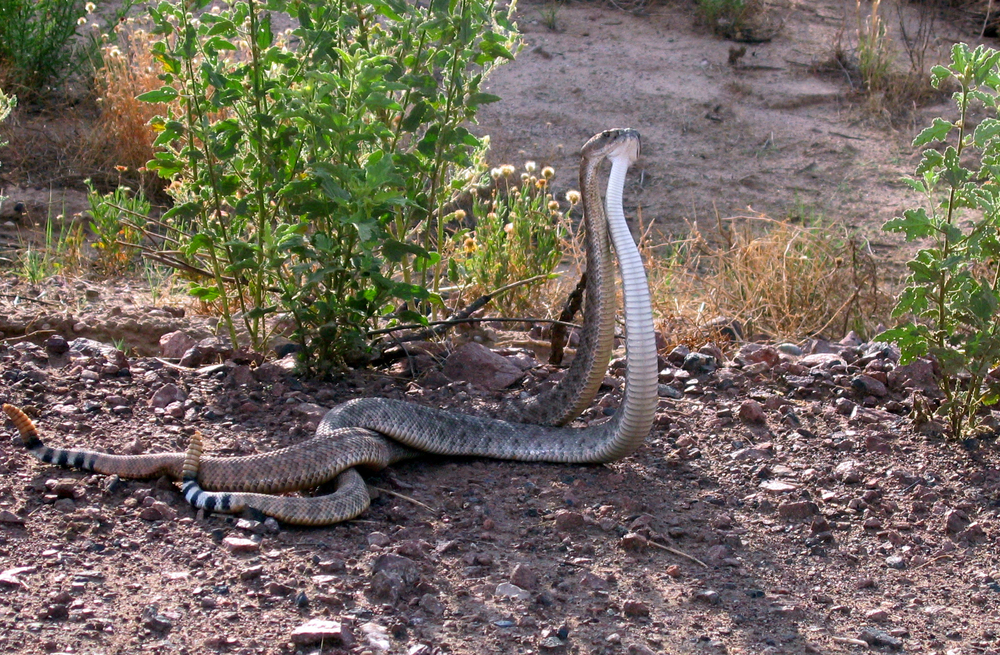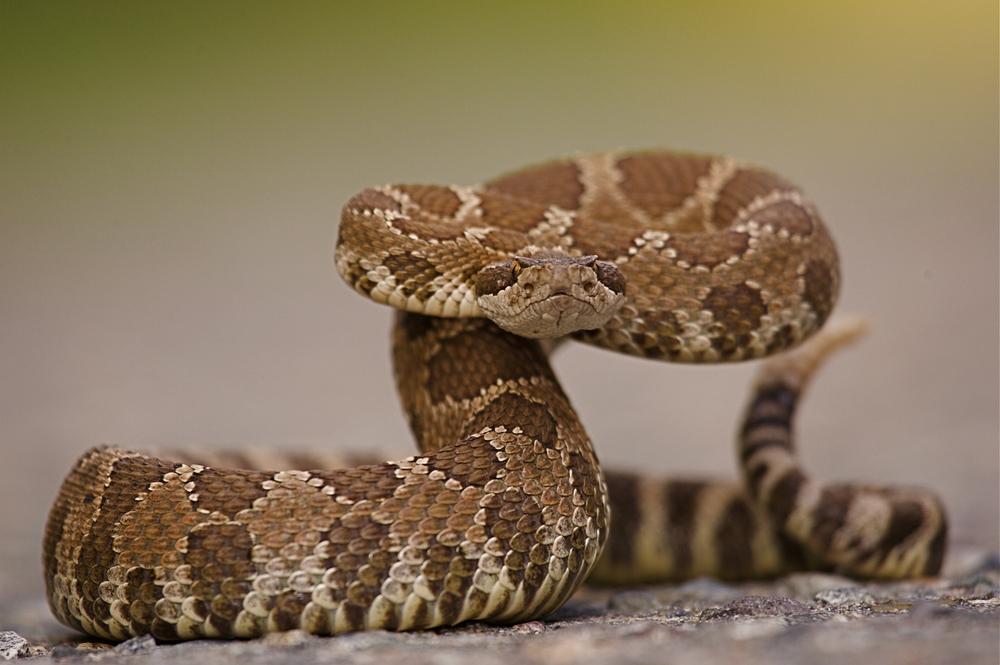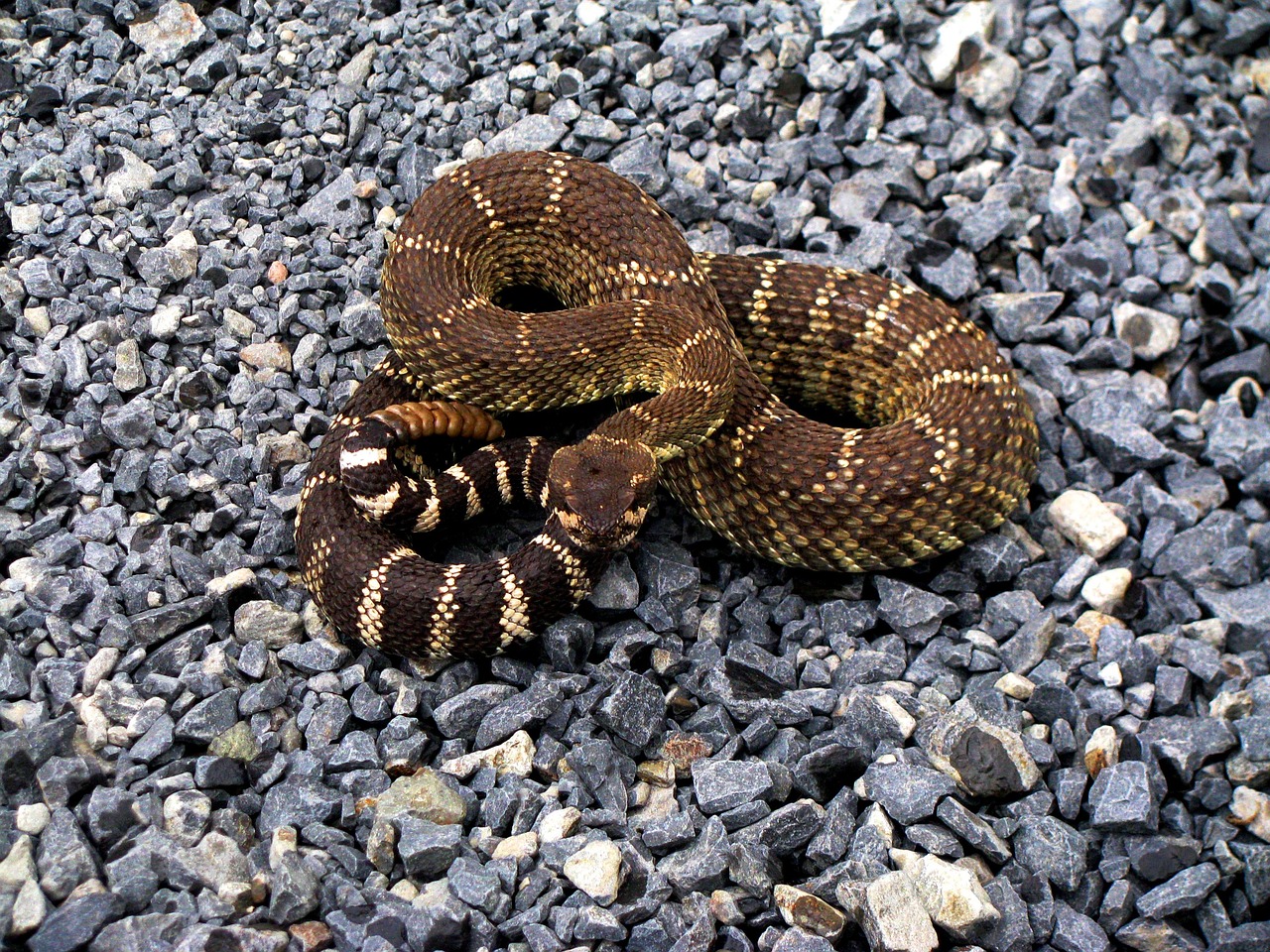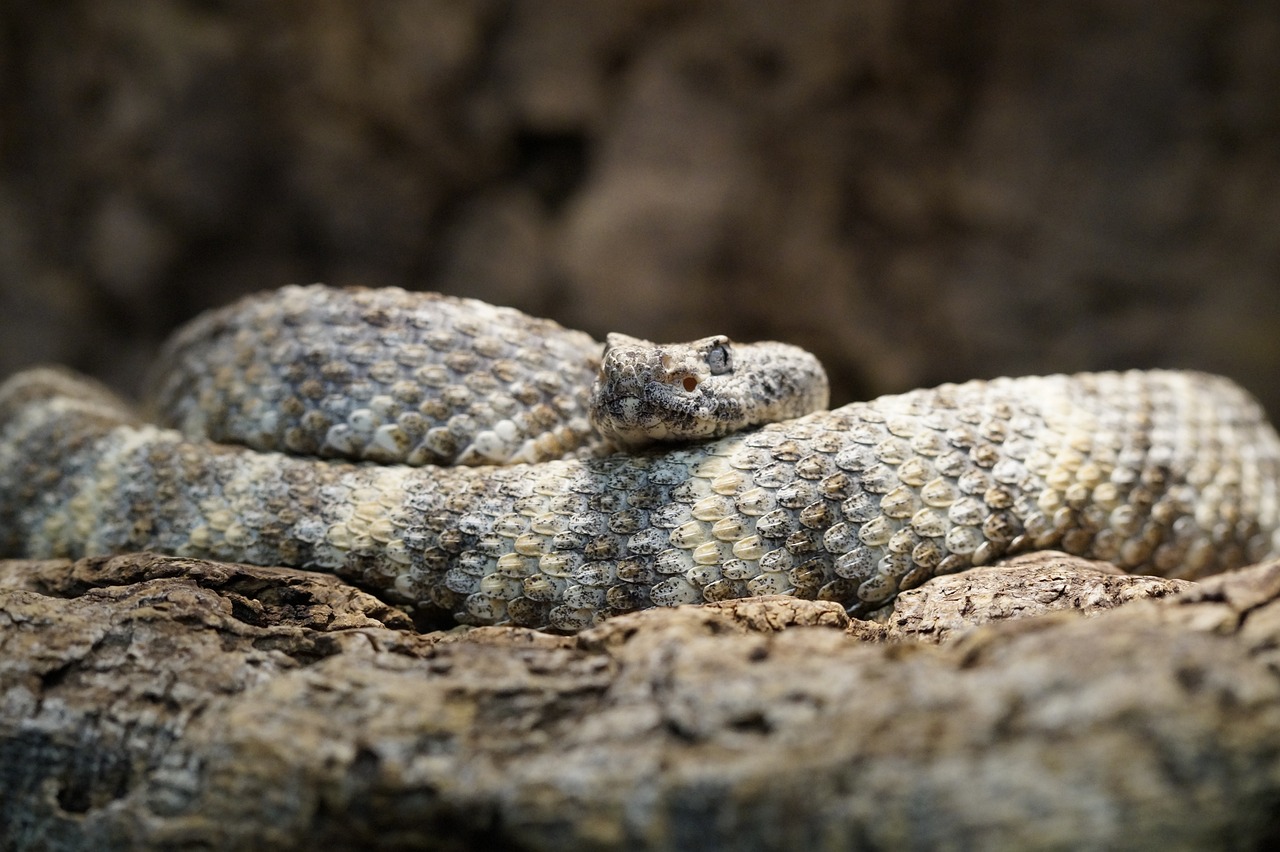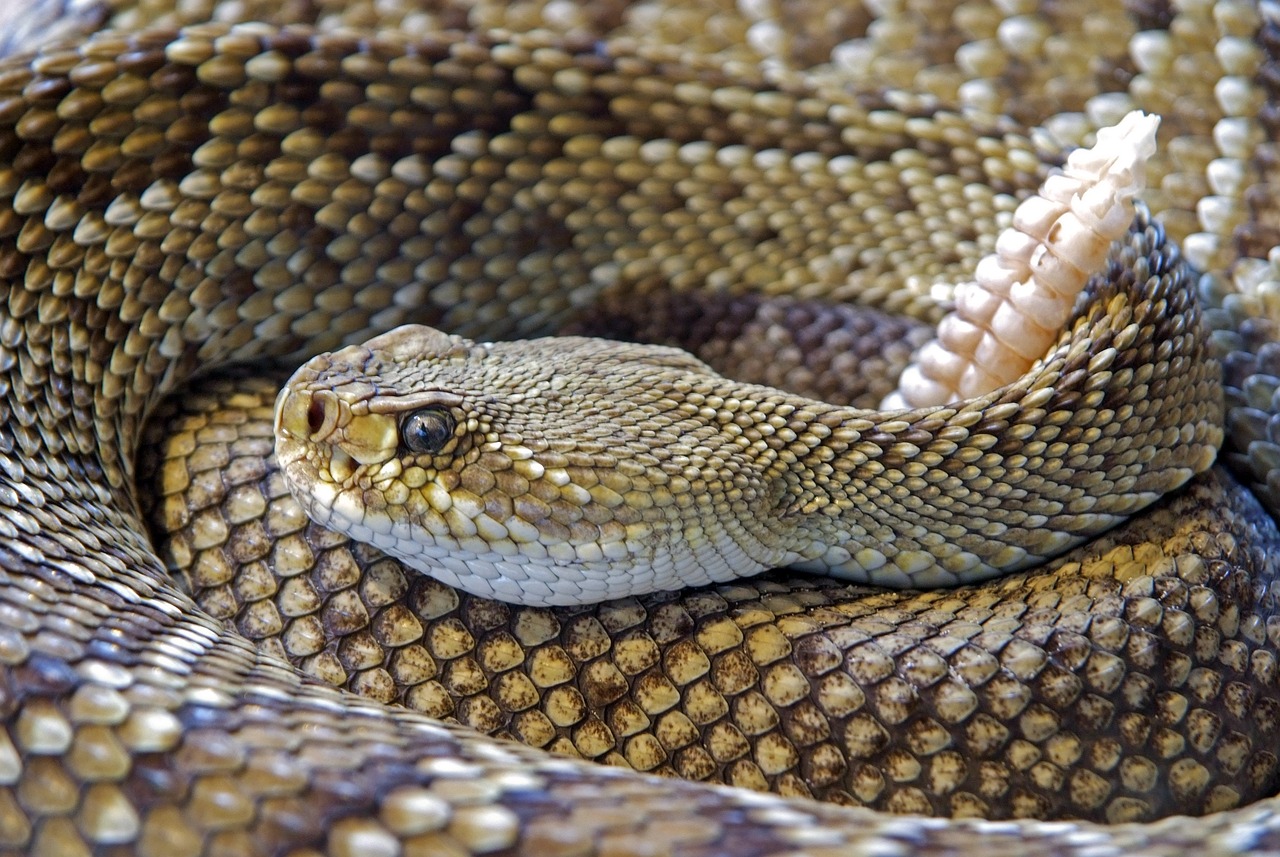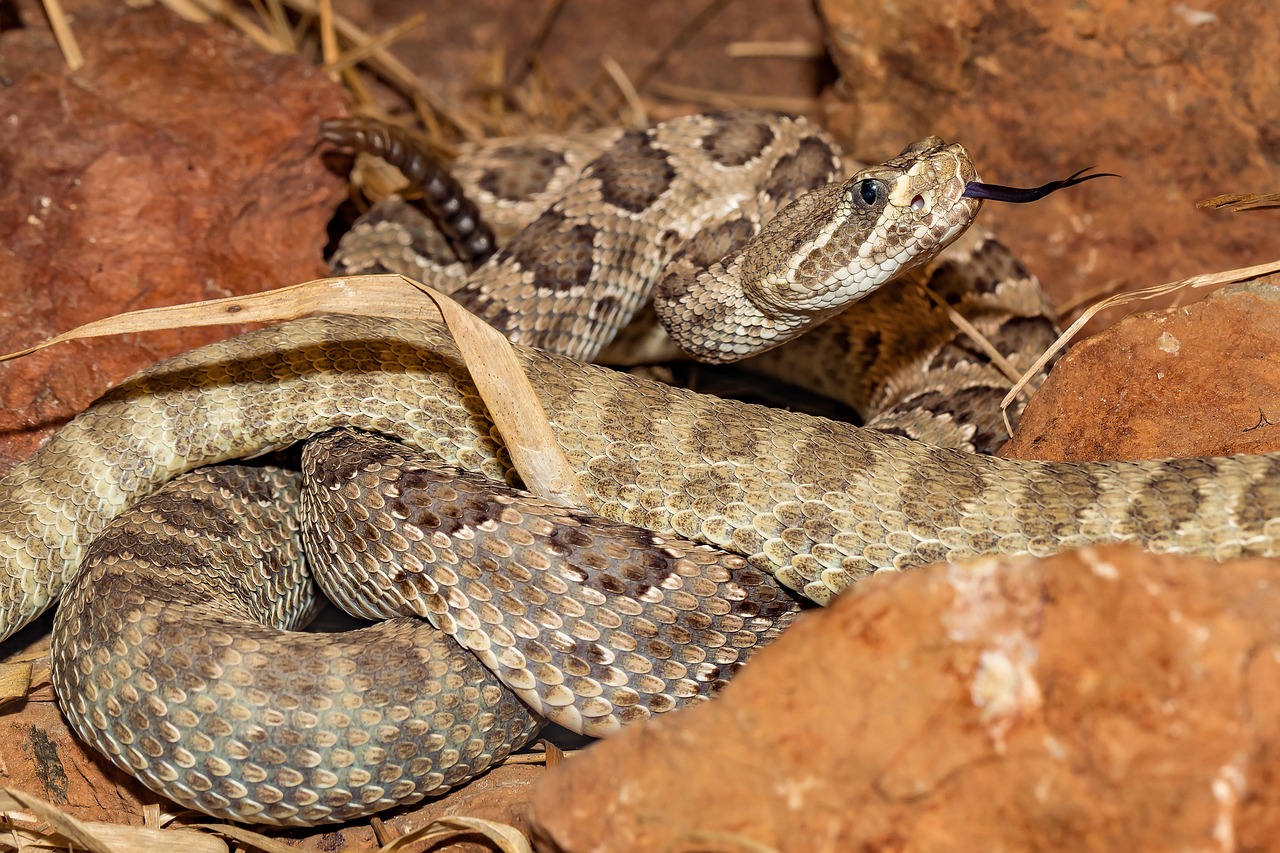Eating Habits
Rattlesnakes, known for their hunting prowess, have specialized eating habits that reflect their role as predators:
Diet:
Primary Prey: Rattlesnakes primarily feed on small mammals such as rodents (mice, rats, squirrels), which constitute a significant part of their diet. They also prey on birds, lizards, and occasionally on other reptiles and insects.
Hunting Techniques:
Ambush Predation: Rattlesnakes are primarily ambush predators. They often lie in wait for their prey, using their natural camouflage to blend into their surroundings. When a potential meal comes within striking distance, they quickly strike, injecting their prey with venom.
Heat-Sensing Pits: As pit vipers, rattlesnakes possess heat-sensing pit organs between their eyes and nostrils. These organs allow them to detect the body heat of their prey, aiding them in hunting, especially in low-light conditions.
Venomous Bite: Their venom, delivered through retractable fangs, is highly efficient in subduing prey. It is hemotoxic, causing damage to tissue and disrupting blood clotting, which immobilizes and eventually kills the prey.
Feeding Behavior:
Swallowing Whole: After subduing their prey with venom, rattlesnakes swallow it whole. Their flexible jaws enable them to consume prey much larger than their head diameter.
Infrequent Feeding: Due to their slow metabolism, rattlesnakes can survive on infrequent meals, sometimes going weeks or months between feedings, depending on the size of their last meal and environmental factors.
The rattlesnake’s feeding habits underscore its role as an effective predator in its ecosystem. By controlling the populations of rodents and other small animals, they contribute to the ecological balance in the areas they inhabit. Their hunting method and diet are crucial aspects of their adaptation to various environments.



































































